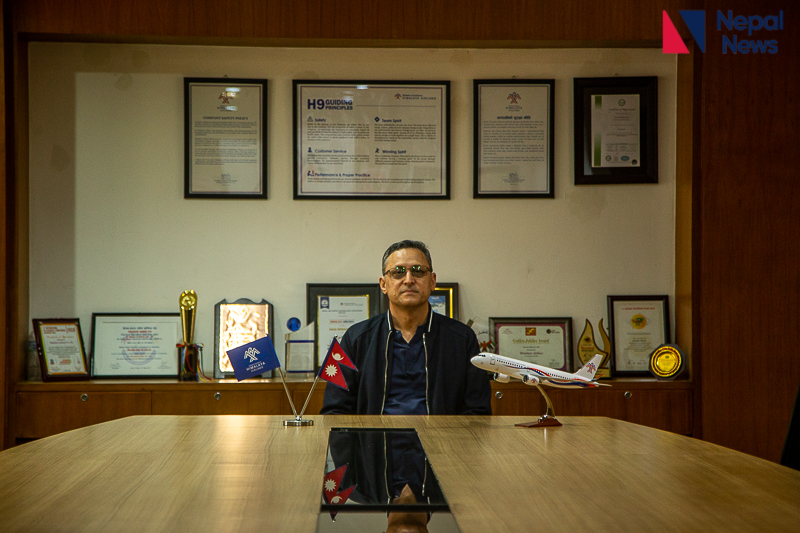

VIJAY SHRESTHA is the Vice President of Himalaya Airlines, a Nepal – China joint venture private international airline that recently celebrated its 7th Anniversary.
He spoke with TERENCE LEE, CEO and Editorial Advisor of Nepalnews.com about the airlines’ journey over the last few years and their vision to be the airline that brings the largest number of tourists to Nepal.
Excerpts: